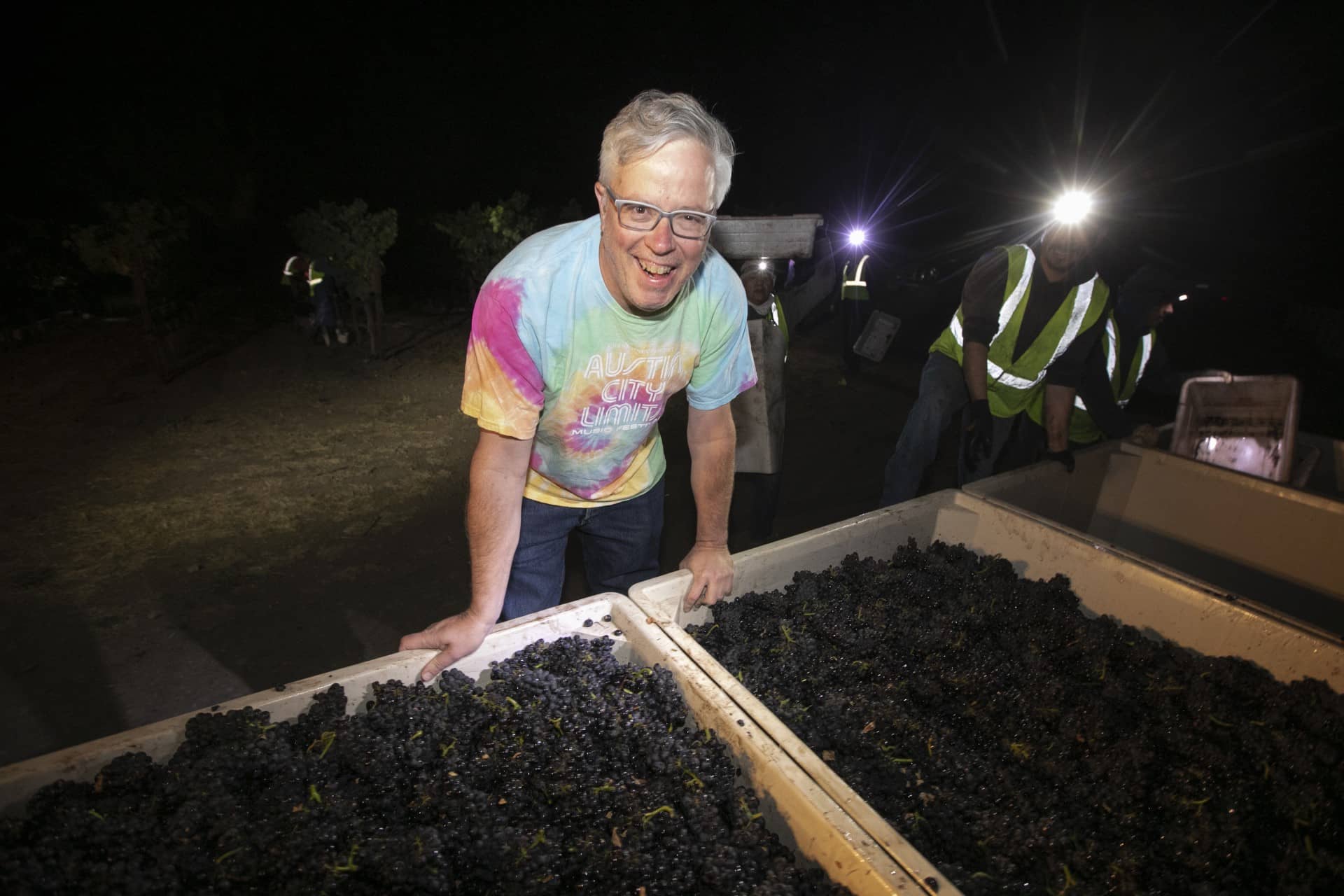
Michelin wields a major influence through its restaurant ratings—the French tire company is apparently adding wine to its purview.
Recently, the Michelin Guide—long revered for its restaurant ratings—quietly announced that it plans to begin rating wine. The “announcement” wasn’t a formal press release or an orchestrated media event. Instead, it came almost casually, in remarks from Michelin CEO Florent Menegaux during a Q&A about the guide’s future direction.
That offhand delivery belied the magnitude of what he was saying. Michelin, after all, has owned one of the most influential wine publications in the world—Robert Parker’s Wine Advocate—since November 2023 (having first purchased 40% back in 2017). Yet Menegaux’s comments went further still, claiming that Michelin’s forthcoming wine ratings would be “more influential than Parker’s,” and adding, “The Michelin brand is much more powerful.”
That’s a bold statement.
Michelin has managed to stay relevant even as the authority of traditional critics has lessened in other fields. Its stars can still make—or break—a restaurant. Entire cities celebrate when Michelin adds them to the guide. Television shows like The Bear revolve around the obsession with earning those coveted stars.
Contrast that with the decline of the film critic era. I’m old enough to remember when we decided which movies to see based on what two guys from Chicago did with their thumbs. Today, we rely more on crowd-sourced consensus than individual voices.
Once upon a time, though, Robert Parker was that individual voice for wine—arguably even more powerful than Siskel & Ebert. At a time when Americans were just discovering fine wine, Parker’s unvarnished opinions and 100-point scale gave consumers confidence and reshaped the global wine trade.
Parker’s influence was so sweeping that his name became shorthand for an entire style of winemaking—what critics dubbed the “Parkerization of Wine.” Grapes were picked riper; wines became richer, darker and higher in alcohol.
But I’ve never bought into the idea that Parker was truly responsible for this. He had every right to favor the wines he liked. Winemakers aren’t exactly a timid bunch. If some shifted their style solely to chase Parker points, that’s on them, not on him.
It’s hard to imagine Michelin wielding the kind of dominance Parker once had. But their influence in the restaurant world—and restaurants’ role as one of wine’s most visible sales channels—means their reach could be profound.
Michelin already publishes wine-related content: features like “11 Stunning Wine Cellars at Michelin-Starred Restaurants” and “Wine Recommendations from Three-Star Eleven Madison Park.” It doesn’t take much imagination to see how Michelin’s restaurant ratings and wine ratings could begin to intertwine.
If a restaurant already feels immense pressure to maintain its stars, might it start stocking wines Michelin rates highly in hopes of gaining favor?
Here’s where things get tricky. Michelin has a history of accepting payment from tourism boards or private entities to review certain cities. Countries like Thailand, South Korea, Estonia, Israel, Canada and the UAE have reportedly paid millions for inclusion. Even Kuala Lumpur’s restaurant coverage was allegedly financed by a venture capital firm.
Now imagine that model applied to wine regions. Would Napa Valley or Sonoma County feel compelled to pay to ensure “appropriate” coverage? Would lesser-known regions feel pressured to pony up just to be included at all?

That would represent a major step backward for wine criticism.
It’s worth remembering what the wine world looked like before Robert Parker. Many of the leading critics of that era worked for wine merchants—who sold the very bottles they reviewed. Consumers had little reason to trust those assessments.
Parker changed that. He approached wine the way Ralph Nader approached automobiles: as an independent advocate for the consumer. His reviews were unbought, unapologetic and aimed at helping regular people choose a bottle for dinner—not helping merchants move inventory.
That independence reshaped the entire critical landscape. Today, reviewers like Jeb Dunnuck, Antonio Galloni, Lisa Perrotti-Brown, James Suckling and Wine Spectator (ads and all) follow that model—serving the reader, not the trade. You may not always agree with their scores, but they remain guided by consumer focus, not commercial leverage. And that’s Parker’s lasting gift to the wine world.
Perhaps Michelin will find a way to prove its wine ratings can be equally transparent and consumer driven. But given its current pay-to-play reputation, skepticism is warranted.
Michelin will have to demonstrate that its wine evaluations are independent, unbought and unpressured. If that doesn’t happen, many of us will remain doubtful that their system represents progress.
After all, we’ve already lived through the revolution that gave wine its first truly independent voice. We shouldn’t settle for anything less.




